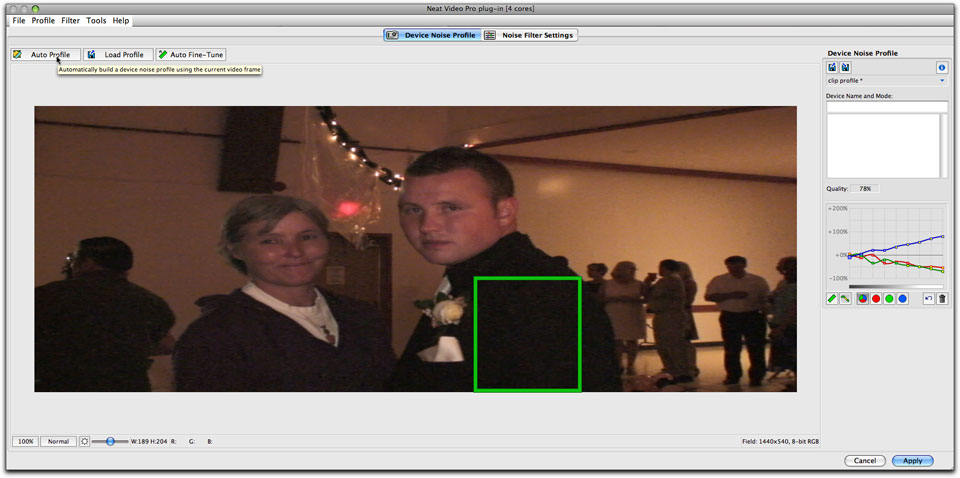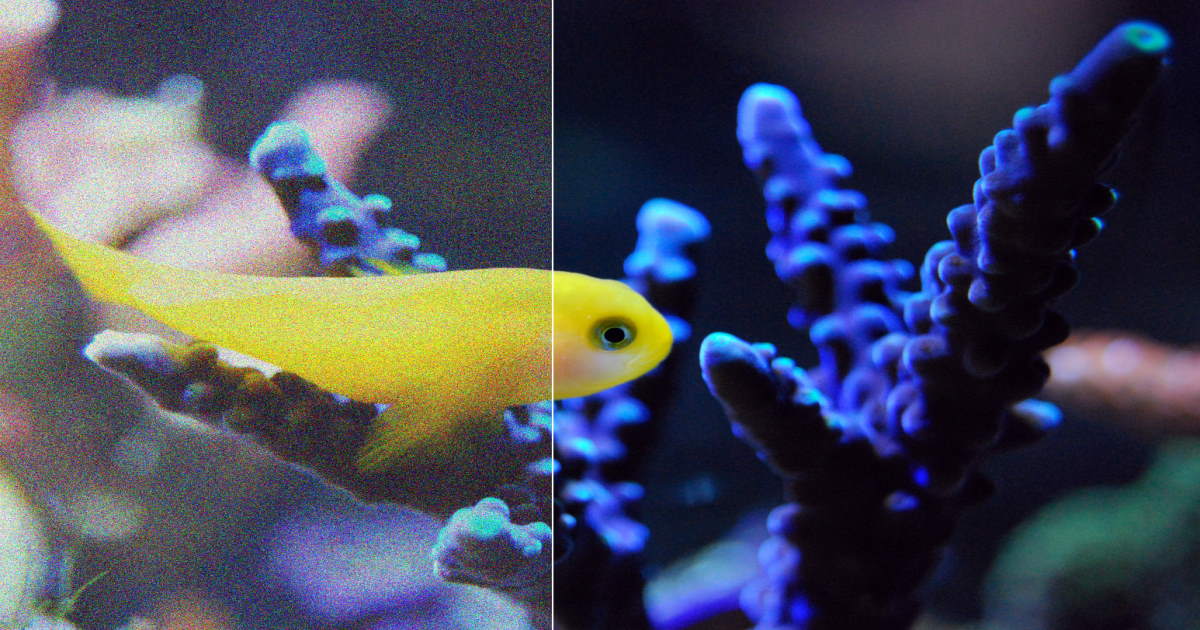


I had the opportunity to see some early implementations in a few render engines and both were equally good with Intel's being slightly more accurate on smaller details like grass and trees. Intel gives the tech away without any restrictions. From what I heard Nvidia provides the tech for free but lets you go through some code review which isn't really hassle free. Intel has released a denoiser just a few days ago and it looks as promising as Nvidia's.

Renderman back the days of REYES had a feature where you could reduce the Shading rate (in Terragen I guess the equivalent would be Micropoly detail) when an object was heavily motion blurred. It works really well at getting rid of artifacts in heavy motion blur where texture detail is not that pronounced anyway. I think it's always good to get the render as good as you can without denoising (whilst fitting into your render budget). QuoteFrom the few tests i made and read some of the posts it looks like these denoisers (except Neat Video maybe) need some specific kind of noise to work better. Though "proper" denoising with the appropriate AOVS is probably the way to go. Haven't gone into this too deeply at all and will have to have a play with it, but did have a conversation a while ago about rendering a "patch" with a 3d render for Neat Video to base a profile on, but haven't really played with it. Now stop my shameless advertising, and once the V-Ray denoiser for Nuke comes for OS X I will test it to.QuoteLike shooting a video especially for that purpose you could easily make such a render for that purpose too at least. But there are ways to deal with that.įor all pre 4.0 users of the denoiser, you should update! There are cases with black/white pixels on the border of your image where deflickering can cause some black spots. Of course that doesn't mean it always works. It was all rendered over network, without IC save or 'take camera path' option. I'm very happy with the result, its just awesome cool to render an animation without caring about IC or Light cache flickering. V-Ray AA denoiser can't deal with flickering, so I skipped it. Then I did a second compositing, using just V-Ray output and then the NV denoiser again, it was just bit less good in quality, a few lines with less details, etc. There was still noise on the reflection output, a bit harder to denoise without loosing detail, but also of that I got rid.

I used a heavy flickering interior scene, moving objects and light, then I uses NeatVideo Denoiser 4.1 on just the diffuse output and the result was flicker free. I did another test, this time I split up all channels and recomposed them in Nuke.


 0 kommentar(er)
0 kommentar(er)
